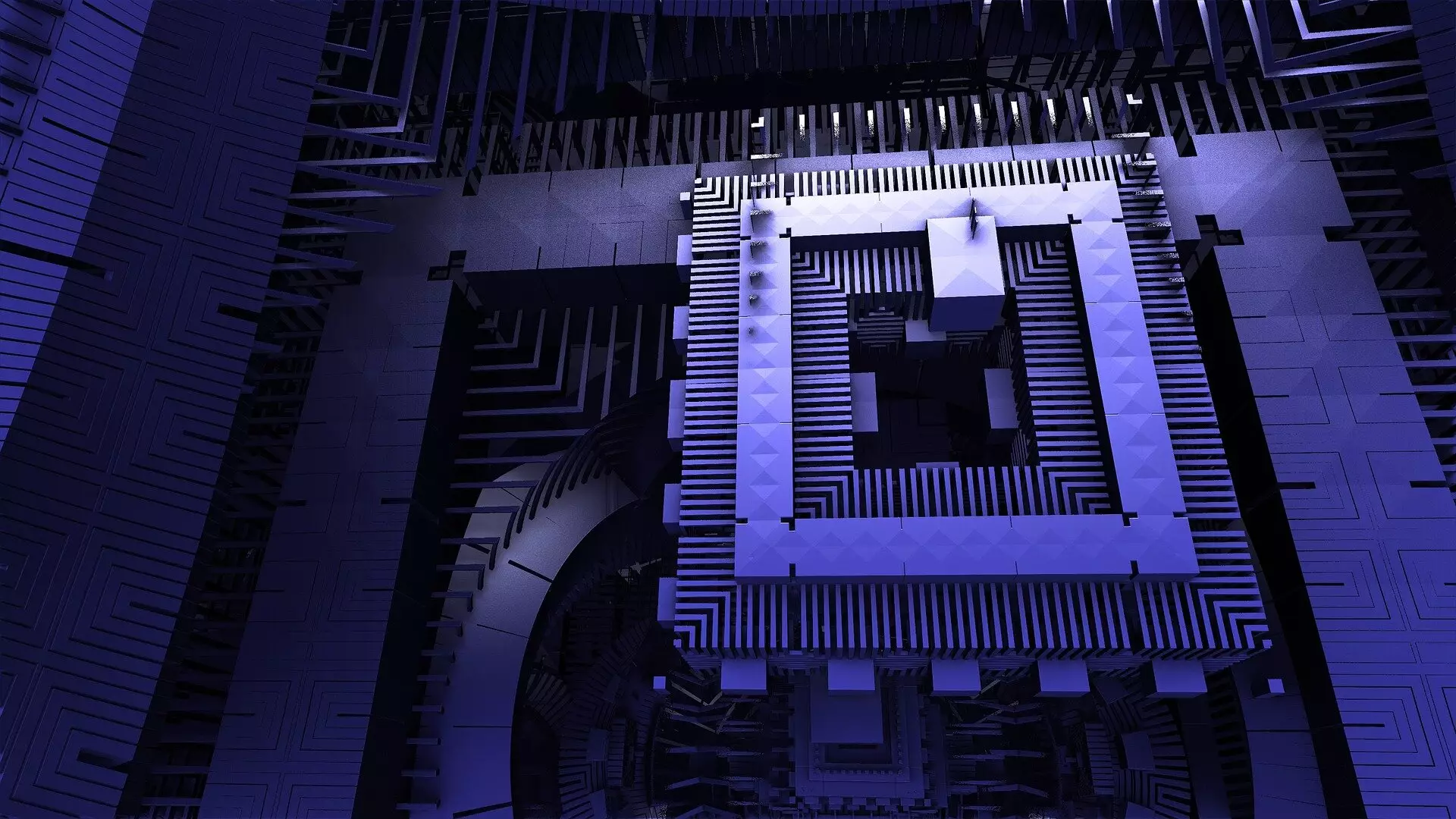In a significant development for quantum computing technology, a team of physicists, led by Peng Wei at the University of California, Riverside, has introduced a promising new superconductor material that could redefine how quantum information is processed. Their research focuses on an innovative combination of trigonal tellurium and a surface state superconductor, which may emerge as a topological superconductor with vital applications in next-generation computing. This article delves into the intricacies of their findings, as detailed in their paper titled “Signatures of a Spin-Active Interface and Locally Enhanced Zeeman Field in a Superconductor-Chiral Material Heterostructure,” published in Science Advances.
Topological superconductors are unique in that they utilize the mathematical concept of topology to manage quantum information. Unlike traditional superconductors, which can be prone to information loss and other inefficiencies, topological superconductors leverage a delocalized state of electrons or holes for robust data processing. In essence, this characteristic provides resilience against disturbances that might lead to decoherence, a common issue in quantum systems.
At the heart of this new material’s promise is the interaction of trigonal tellurium—a chiral, non-magnetic substance—with a specially engineered superconducting surface state created on thin gold films. Chiral materials like trigonal tellurium possess distinctive properties due to their inability to be superimposed on their mirror images, akin to the human hands. Such unique characteristics open up fascinating avenues for application in quantum computing.
One of the standout aspects of this research is the successful creation of a high-quality two-dimensional interface superconductor. As Wei articulates, “By creating a very clean interface between the chiral material and gold, we developed a two-dimensional interface superconductor.” This interface exhibits energy levels for spin that are six times higher than those found in standard superconductors. Enhanced spin polarization at the interface allows for the potential development of spin-based quantum bits or qubits, which are crucial for quantum computing operations.
Furthermore, the research team discovered that under a magnetic field, the interface superconductor transitions into a “triplet superconductor,” which demonstrates increased stability and resilience at high magnetic fields. The ability to maintain functionality in such conditions amplifies the material’s potential utility in practical applications.
Collaboration with researchers from the National Institute of Standards and Technology enabled the team to evaluate how the superconductor could alleviate decoherence issues typical in quantum systems, particularly in relation to conventional niobium superconductors. Their findings indicate that the composite superconductor composed of heterostructure gold and niobium thin films can significantly suppress the material defects that often plague standard approaches. The researchers have also succeeded in fabricating low-loss microwave resonators capable of achieving outstanding quality factors of up to 1 million, marking a substantial enhancement in resonance technology.
According to international technology leaders such as IBM, achieving low-loss resonators is instrumental for the realization of effective quantum computing systems. Wei emphasizes the magnitude of their achievement by noting, “We achieved this using materials that are one order of magnitude thinner than those typically used in the quantum computing industry.” This breakthrough may lead to the development of superconducting qubits that are not only more efficient but also more stable, addressing one of the fundamental challenges in the field—reducing decoherence.
The innovative research conducted by Wei and his team heralds a new era for superconductor technology, with promising implications for the future of quantum computing. By employing non-magnetic materials to create a cleaner interface and effectively suppressing decoherence, this revolutionary advancement could pave the way for scalable and reliable components essential for the next generation of quantum devices. With a provisional patent already filed, the team’s work could soon lead to tangible technological applications, enhancing our capabilities to tackle complex problems that are beyond the reach of conventional computing systems. As the field of quantum technology continues to evolve, the contributions of this research team will undoubtedly play a pivotal role in shaping its future trajectory.


Leave a Reply